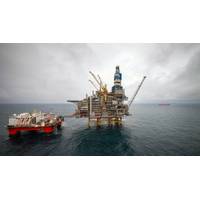
Shearwater to Monitor Production at Equinor’s Two Oil and Gas Fields
; said Irene Waage Basili, CEO of Shearwater.Equinor started production from the Mariner field in 2019 as its first operated development in the UK North Sea. The field is expected to produce oil for the next 30 years.The Mariner field is located on the East Shetland Platform in UK Block 9/11a in the northern North Sea approximately 150 kilometers east of the Shetland Islands.Equinor is the operator of Mariner with 65.11% equity. The partners are JX Nippon (20%), Siccar Point (8.89%) and ONE-Dyas (6%).Located about 175 kilometers off the coast of Mid-Norway in some 350 meters of water, the Heidrun field developmen
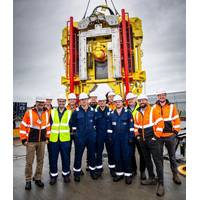
Investing in Subsea Decommissioning Pays Off, Decom Engineering Finds
- the C1-46 - the Northern Ireland-based offshore decommissioning technology firm said the investment paid off following ‘impressive results’ on its first deployment.Namely, the C1-46 Chopsaw was employed on a subsea infrastructure decommissioning project on behalf of DeepOcean in the Northern North Sea basin.The project involved the removal of pipelines, control umbilicals, and various subsea structures from the seabed in water depths of up to 180 meters, each requiring precise and efficient cutting.According to Decom Engineering, the C1-46 exceeded all expectations, averaging 15 cuts before
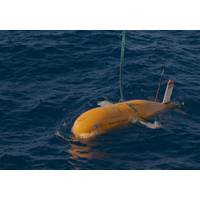
NOC's Boaty McBoatface Monitors Marine Environment at North Sea Oil Fields
of multiple sites to be undertaken with a robot that is launched from the shore.The Autosub Long-Range ocean robot submarine, otherwise known as ‘Boaty McBoatface’, will be launched from the shore in Shetland, to carry out environmental assessments at two decommissioning sites in the northern North Sea. The robot will then return around 10 days later with the detailed survey information onboard. The robot will take photographs of the seabed, which will be automatically stitched together to make a map of the seafloor, structures present, and the animals that live there. Established sensor
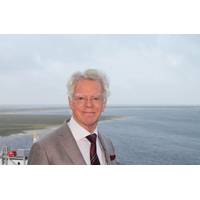
Edward Heerema – Dutch Courage with Single-minded Focus
resting on top of the beams, for transport, without needing sea fastening.Test lifts of the system were carried out in late February into early March, and systems testing will continue, leading up to lifting out the eight-legged steel jacket of Ninian Northern, 240 miles east of Aberdeen in the northern North Sea, scheduled for April.Ninian Northern, which came on stream in 1980, ceased production in 2017 and saw its topsides removed, by Pioneering Spirit, in 2020. The remaining jacket sits in 141m water depth, making it a substantial structure, weighing around 15,500 tons with an estimated 2,000 tons
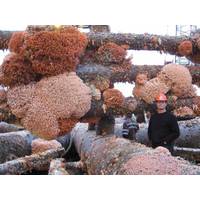
Decommissioning: Corals on Oil Platforms Could Kick-start the Deep-sea Ecosystem
In the late 1990s, the cold-water coral Lophelia pertusa was first reported growing on the legs of oil platforms in the northern North Sea. As these platforms reach the end of their operational lives, many are being decommissioned and brought ashore. What happens to the coral, asks Murray Roberts, Changing Oceans Research Group, University of Edinburgh.Huge efforts have gone into safely recycling the steel and other materials from the platforms, but no plans have been developed to use the coral that have grown on them. They don’t survive in air and quickly die before being removed from the
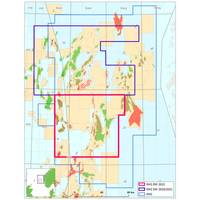
Subsea Survey: CGG Confirms Phase 3 of Northern N. Sea Survey
CGG announced phase three of its dual-azimuth multi-client 3D survey in the Northern North Sea. Starting in early May 2022 and continuing throughout the North Sea season, phase three will expand on phases one and two of the program conducted in 2020 and 2021. Initial data from the phase three acquisition are expected to be available in early 2023, and final processed data in early 2024. The multi-year survey adds a second azimuth over CGG’s existing Northern Viking Graben (NVG) multi-client 3D survey and extends coverage into the UKCS. The survey is supported by industry pre-funding.“Wi
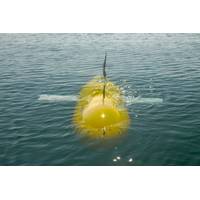
‘Boaty McBoatface’ Robotic Submarine to Visit End-of-life Oil and Gas Fields
assessment of multiple decommissioning sites.”Launch from ShetlandThe Autosub Long-Range ocean robot submarine, otherwise known as ‘Boaty McBoatface’, will be launched from the shore in Shetland, to carry out environmental assessments at three decommissioning sites in the northern North Sea.The robot will then return around 10 days later with the detailed survey information onboard. The robot will take photographs of the seabed, which will be automatically stitched together to make a map of the seafloor, structures present, and the animals that live there. Established sensor
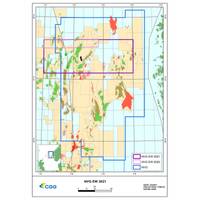
CGG Extends Northern Viking Graben Dual-Azimuth Multi-Client Survey
CGG announced phase two of its multi-client 3D survey in the Northern North Sea, which will expand on the phase one acquisition initiated in 2020 to add a second azimuth over CGG’s existing Northern Viking Graben (NVG) multi-client 3D survey and extend coverage into the UKCS. The survey is supported by industry pre-funding.Commencing in early May and continuing throughout the North Sea season, the 2021 phase two acquisition will add approximately 8,000 sq km of new data in an E-W direction. Similar to the 2020 phase one, multi-component technology will be used for the acquisition, and this

CGG Kicks Off Northern North Sea Survey
CGG, a France-based provider of seismic data for oil and gas exploration and production, has kicked off a new multi-client 3D survey in the Northern North Sea. The survey will provide a second azimuth over CGG’s existing Northern Viking Graben (NVG) multi-client 3D survey and extend into open acreage on offer in the UK 32nd License Round.The new survey will acquire approximately 2,000 sq km of additional data in an E-W direction. This new data will be processed together with the existing N-S data, using CGG’s latest velocity modeling and imaging technology, to produce a dual-azimuth
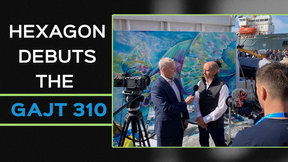
 February 2025
February 2025





